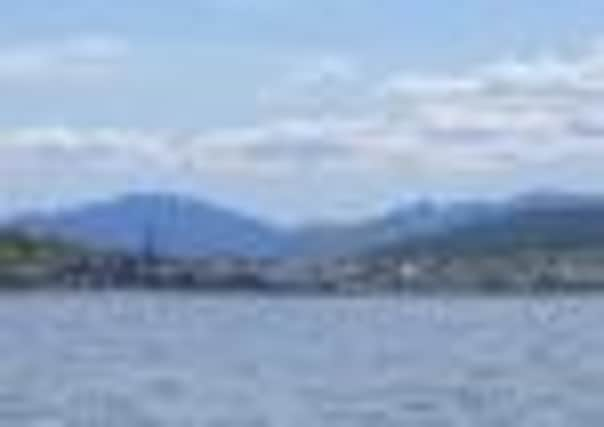Island of the week: Bute


Location: Firth of Clyde, in the Argyll and Bute authority
Population: 7,228 (as of 2001 census)
Area: 47.2 square miles
Gaelic Name: Eilean Bhòid or Eilean Bhòdach (meaning fire, beacon fire, or victory Isle)
History
The earliest inhabitants of the island have been traced back to Stone Age times, as a result of archaelogical discoveries. Iron Age defenses have also been unearthed, along with Mesolithic and Neolithic remnants.
Advertisement
Hide AdAdvertisement
Hide AdThe ancestral home of the Stuart Kings, Bute is home to Rothesay Castle, constructed in the 13th century. Circular in design and with a perimeter moat, the castle’s stucture is unique in Scotland. Kings Robert II and Robert III were particularly enamoured with the castle, with the former building St Michael’s Chapel in the castle courtyard.
The castle survived a Viking invasion, although it was captured by the English during the wars of independence. Despite being retaken by Robert the Bruce in the early 1300s, Oliver Cromwell’s troops partially destroyed the castle in 1659, with the Duke of Argyll finishing the job in 1685. The castle has since been extensively restored over the past 130 years.
King Robert III was also the creator of the Dukedom of Rothesay, designating his eldest son David thus. The current Duke of Rothesay is HRH Prince Charles.
Rothesay’s town charter is also the first instance of the term ‘royal burgh’ being used in a Scottish document.
During the 19th and 20th centuries, the island was party to considerable social and economic change, which can be clearly seen in both rural areas and, architecturally speaking, in the town of Rothesay itself.
Attractions
There are two churches on the island, the ruined 12th century chapel of St Blane - who was born on Bute - and another ruined chapel dating from the 6th century can be found at St Ninian’s Point.
Mount Stuart House, one of the world’s most impressive neo-Gothic mansions is open to visitors at Easter, and between May and October. Designed by Sir Robert Rowand Anderson and furnished by the third Marquess of Bute, John Patrick Crichton-Stuart, the house draws many architecture students from Glasgow, and was the venue for Stella McCartney’s wedding in 2003. There are gardens attached to the house, which are home to plants from throughout the world.
Advertisement
Hide AdAdvertisement
Hide AdRothesay Castle was built in the 13th century, possibly by the 2nd High Steward of Scotland Alan fitz Walter, or his son Walter Stewart, whose family acquired the island around this time. Although ruined, the castle, which was in use until around 1660, is open to the public.
Boats are available to hire for fishing trips on the freshwater Loch Fad, home to pike and brown trout.
The Old Post Office is still in use as a sorting office, but houses artifacts of the early post including some dating to before the introduction of the postage stamp.
The relatively remote Scalpsie Bay is home to over 200 seals, which join herds of deer, large hares, several wild goats and a wide variety of birds on the island.
Port Bannatyne, the centre for Bute’s sailing and sea-fishing industries is worth a visit - two boat yards and a 200-vessel capacity marina are situated there, along with a memorial to the war dead from World War Two.
How to get there
Two Caledonian MacBrayne ferry services call at the island - the Wemyss Bay to Rothesay route and the Rhubodach to Colintraive route.
During the summer months, the Waverley paddle steamer makes regular stops at Rothesay.